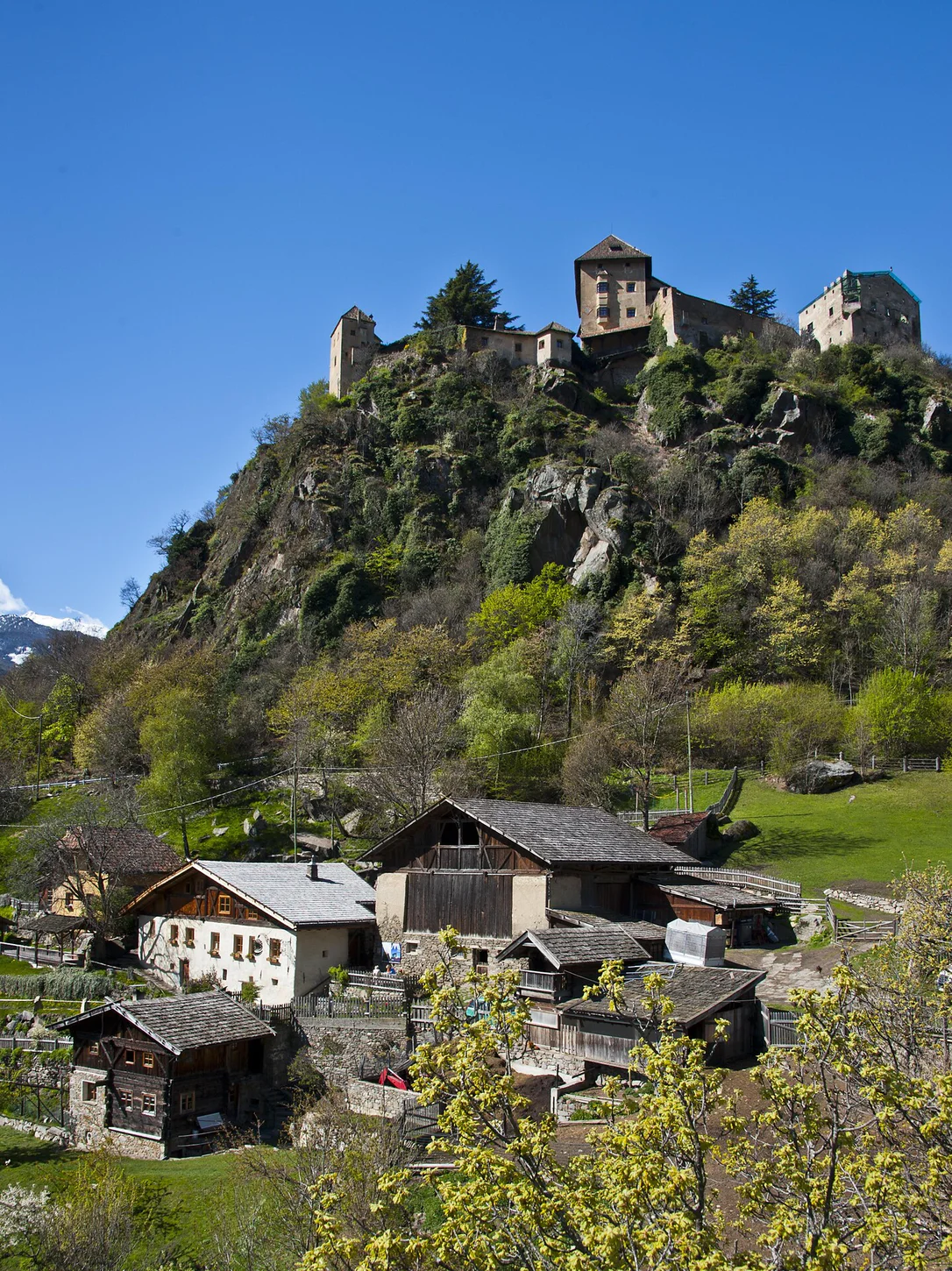Here used to be the farm at Ziggl, first mentioned in 1541 as the property of Franz Seemann von Mangern, later as the property of the Barons von Coreth. In 1798 Bartlme von Hebenstreit sold it to the court clerk Anton Teiss. In 1820 Michael Rizzoll acquired the farm; the majority of the estates were separated in the process. In 1862 it went to Katharina Rizzolli and in 1871 to the grocer Mathias Pfitscher. In 1880, he sold it to the municipality. From 1889 onwards, the school building was erected in the lower part, the upper part being the community hall until the first half of the 20th century. Today, this house houses various social institutions, a primary school, library, flats for the elderly and the doctor's ambulatory.
Inside the house there are numerous cross vaults, and the doors and windows are mostly stone-framed. The sandstone for these openings was once quarried in the surrounding area, for example in Kalditsch.
































































